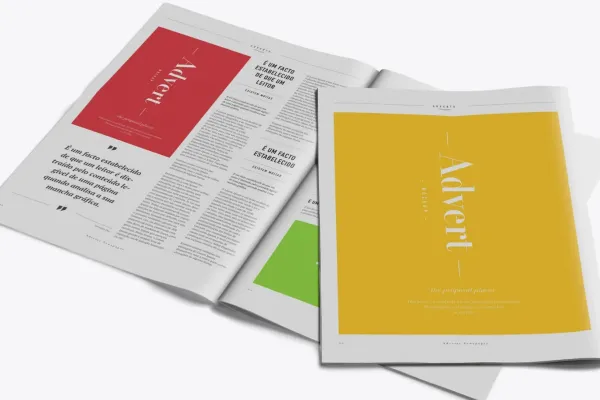
 Details
Details
If you’ve never heard the disgruntled comment: “Isn’t native content just an ad in disguise?”, you’re either new to the industry or haven’t been paying attention.
There’s no denying native content is controversial. It is, after all, paid advertising.
But here’s the thing. The qualities that make native content hard to differentiate are the very ones that make it special. It’s kind of the whole point.
RELATED ARTICLE: No one benefits from misleading readers
Here are my five golden rules for creating effective and powerful native content that holds its own on any platform.
1. Audience experience is everything
To create effective native content is to meet the audience where they are, creating content they want to consume. Understanding your audience is the first step in creating successful native content. By knowing your audience, you can create relevant content that truly resonates with them, which can help increase engagement and drive results.
Picture your target audience and put yourself in their shoes: how can you gain their attention and, more importantly, keep it?
When it comes to native content, holding the focus of your audience is more important than the initial click. Why? Because when the audience is rewarded for their click with high-quality content that benefits them, it doesn’t matter that it’s an ad. Let that sink in.
2. Be original
I've found one of the best yardsticks for measuring effective native content is to ask myself “is this content useful?”.
Content isn’t useful if it’s regurgitated from elsewhere, void of authenticity, or too surface-level. Native content is all about standing out and being different. Get creative with your content, whether it's through the use of storytelling, humour, or interactive elements. Experiment with different formats like infographics, quizzes and polls to keep your audience engaged and to make your content more shareable.
Get stuck into your subject matter as much as possible. Talk to experts, find fresh angles and delve into the questions your audience is asking. There is a lot of bad content out there, native and otherwise. Your goal is for the audience to learn something new so that consuming your content was a beneficial use of their time. That’s a win for the brand, the platform, and the audience.
3. Conceptualise with intent
When conceptualising native content, your message should be indirectly related to the brand you’re working with. For example, let’s say the brand offers maternity ultrasounds. Your goal is to create quality content that engages an audience of planning and expectant mothers.
Consider an article titled something like “Six Healthy Habits for Mums-To-Be". Fill the article with thoughtful and credible ideas that encourage readers to look after their health during pregnancy.
Creating useful content that centres around the audience (rather than the brand) will inevitably result in positive brand association, and in turn, generate demand for the product or service.
4. Ask yourself: Does this feel like advertising?
When native content is done right, it seamlessly integrates into the user's experience and enhances, rather than interrupts, it.
The whole idea of native is to blend in with the rest of the content on the platform. If native content is hard to spot, it is doing its job!
The user should be able to read the content without feeling like they are being sold to or that their experience is being interrupted. Poorly done native content can feel disruptive and out of place. It can interrupt the user's flow, causing them to become disengaged and less likely to continue interacting with the content and platform (and in turn, the brand).
Content that doesn’t match the standards of the platform will be obvious. Remember: good native content is just as valuable to the audience as what surrounds it, regardless of the paid partnership behind it.
5. Hit the sweet spot
High-quality native content is equally beneficial and constructive for the brand, platform, and audience. Aim for a campaign that engages the target audience, enhances the platform and generates value for the advertiser – every time.
For the brand, high-quality native content is an effective way to reach and engage with its target audience. It allows brands to connect with their audience on a deeper level, build trust and credibility and ultimately drive results.
For the platform, good native content keeps the audience engaged and coming back for more, just as the editorial content would.
For the audience, native content is beneficial because it provides them with relevant and useful information.
When done right, native content helps brands connect with their audience, keeps the platform's audience engaged, and provides value to the audience by offering them relevant and useful information.
If you can hit that sweet spot, you’re doing native content right.

